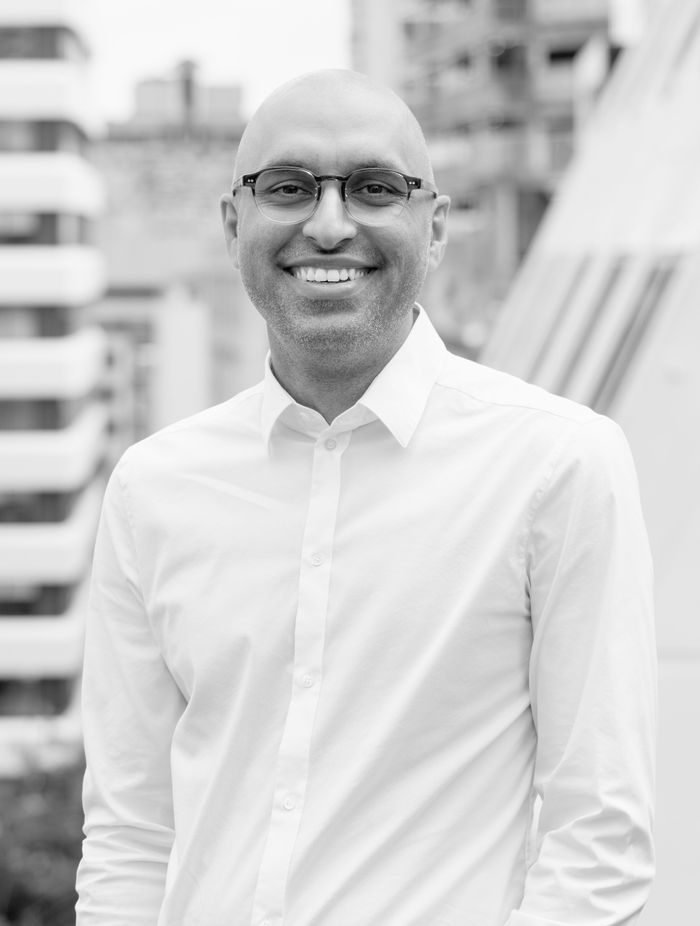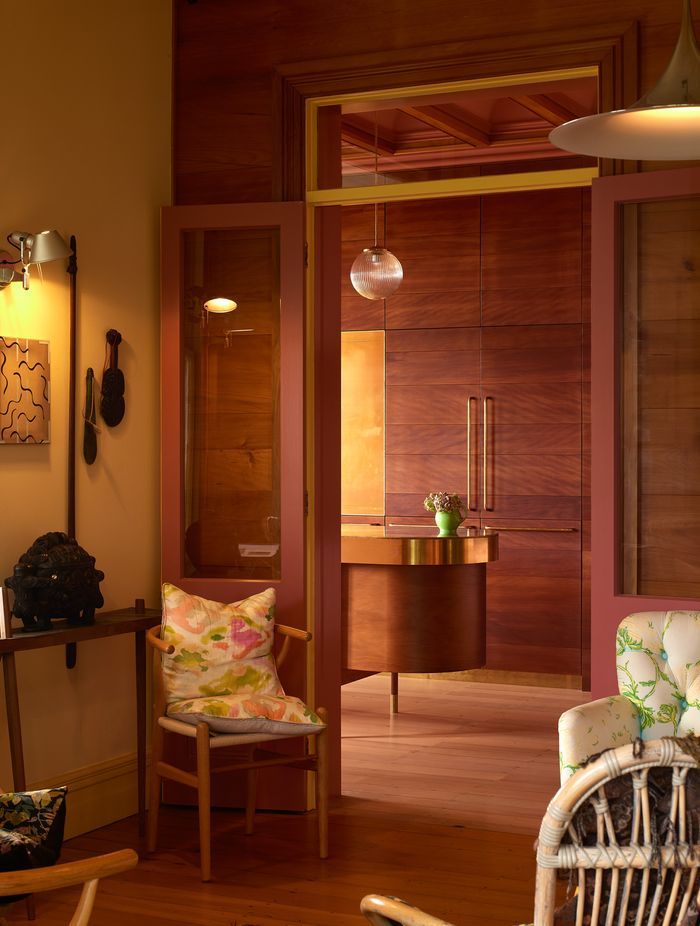Closing the boundary between art and architecture
Written by
02 November 2025
•
4 min read


The boundary between art and architecture has always been porous, but for Pac Studio’s Sarosh Mulla that line doesn’t exist.
“In my mind, those things are the same; you're using creative means to interrogate ideas and prompt people to think about those ideas. It's the same movement of the mind: What is the big idea? How do you use creativity to express it? The art just happens to be making spaces.”
Founded in 2015 by Directors Sarosh Mulla and Aaron Paterson, Auckland-based Pac Studio is known for blurring disciplinary boundaries. The practice works across architecture, interiors and installation, often collaborating with artists and galleries to interrogate how art allows architecture to be explored to its fullest potential.
Sarosh’s background in exhibition design and active involvement in the art world (from installations such as the Rainbow Machine, to lecturing and researching at University of Auckland and his role on Auckland Council’s Public Art Advisory Panel) anchor Pac’s work in a constant dialogue between art and architecture.
Sarosh says exploring conceptual ideas through different media informs the design process of making buildings. Speculative drawing (an art practice that seeks to mediate between ideas and the built form but sits outside professional drawings) and exhibition work are particularly central to this practice. A recent exhibition in Copenhagen, Encountering Drawing, displayed some of Pac Studio’s work, including 3D steel models, screen prints and light projections.
“The exhibition format is really useful in architecture, because we're constantly thinking through ideas in space. Research only gets you so far and then you need to understand the embodied experience of it, so we engage in those exhibitions from time to time to really progress ideas into that physical space, then we’re able to bring those ideas back into built projects.”
The studio’s experience in exhibitions led them to design Artspace Aotearoa’s new gallery, which acts as display space as well as offering a place for community to gather for workshops and events.
“It was an interesting one because we're not designing the exhibition. We're designing the space to quietly enable all sorts of exhibitions,” shares Sarosh. “They have a wonderful history of being such an incredible stalwart of making exhibitions, but also providing creative community programmes that flow through them, so it's an exercise in flexibility.”


The understanding of the public’s interaction with art is intrinsic to the knowledge of how to conceive of art spaces as an experience. In that realm, Pac Studio’s Karanga Changing Sheds is an example of the playful yet profound experience the public can have with a joyfully designed utility. Sarosh says these types of projects are fascinating to work on, because of the specificity of the brief.
“The changing sheds was a project that needed to be designed and built in three months, which means there's a really quick feedback loop, so you have to approach those projects with a great deal of clarity from the start.”
As an extension of public art and exhibition spaces, Pac Studio often finds itself designing residential spaces where displaying and experiencing art is a central component of the brief. While each collection is unique, there are some key design considerations made at the outset, shares Sarosh.
“We really try to understand the collection, and consider things such as where you will stand to view the pieces, are you able to get back far enough away from them to see them? If the collection is large, then we also need to make the display spaces flexible to hold the different pieces.”
For Sarosh, colour is the next frontier in the ongoing dialogue between art and architecture. His current research and forthcoming book on colour theory examine how vibrant colour palettes can resist ‘chromophobia’ (a societal bias towards neutrality, inherited from Western colonialism). It’s another tool of enquiry for Pac Studio, bringing meaning and context to the intersection of art and architecture.
Explore projects by Pac Studio